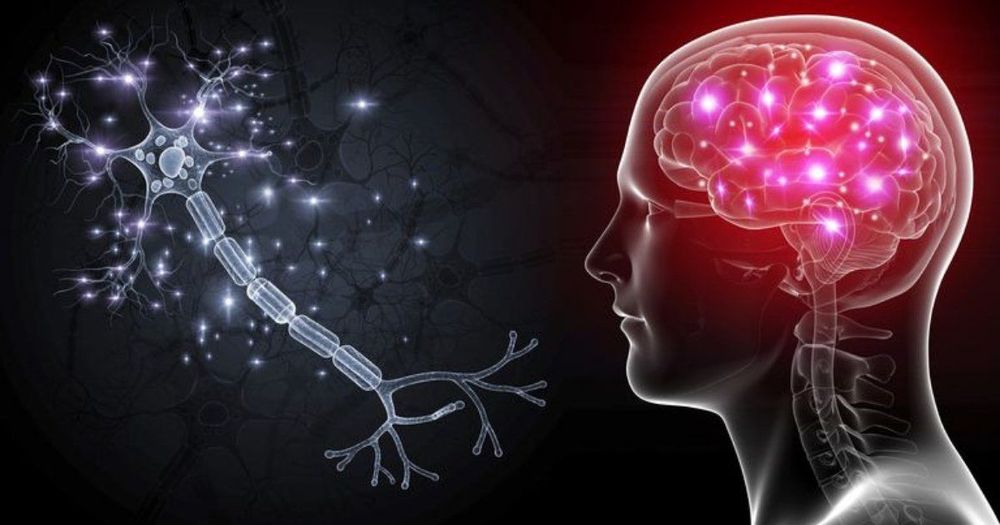Soft, squishy, ancient spiders are hard to investigate — they don’t fossilise as easily as bones or exoskeletons. So you can imagine how excited researchers were to find 10 brand new spider fossils in a relatively unexplored area called the Jinju Formation.
The Jinju Formation is a geological area of South Korea from the Mesozoic era, between 252 and 66 million years ago. This new spate of fossils, which researchers from the Korea Polar Research Institute and the University of Kansas found in shale, has increased the number of known spiders in the Jinju Formation from just one to a whopping 11.
But two of these spider finds were even more exciting than the rest – their eyes still reflected light 110 million years after they died.








